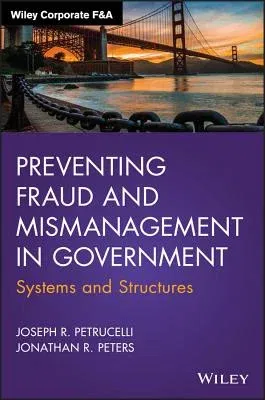Dig to the root of public fraud with deep exploration of theory,
standards, and norms
Preventing Fraud and Mismanagement in Government identifies common
themes in public fraud and corruption, describes the forces that drive
them, and provides an objective standard of good practices with no
political bent. From Bridgegate to Iran-Contra, this book walks through
the massive scandals that resulted from public mismanagement and fraud
to illustrate how deeply-entrenched, entity-specific norms can differ
from actual best practices. The discussion includes the theoretical
underpinnings of public fraud, and how intense corporate culture and
limited exposure to outside practice standards can lead to routine
deviation from normal behavior and moral standards. You'll find a
compendium of practices that illustrate actual norms, allowing you to
compare your own agency's culture and operations to standard practice,
and contrast the motivations for fraud in the public and private
sectors.
Public agencies and governmental entities are generally driven by a
pubic benefit or goal, but are widely varied in the ability and desire
to deliver value while retaining best practices. This book explicitly
explores the common patterns of agency practices and cultural norms, and
describes how they can easily cross over into illegal acts.
- Understand why fraud exists in the public sector
- Discover how your agency's mindset diverges from the norm
- Review cases where agency practices diverged from best financial
practices
- Learn good practices in an objective, nonpolitical context
The government/public sector provides some of the most basic services
that are critical to a functioning society. Lacking a profit motive,
these agencies nonetheless show a pattern of fraud and borderline
behavior that could be mitigated with the adoption of standards and best
practices. Preventing Fraud and Mismanagement in Government shares a
canon of knowledge related to public operations and fraud, providing
deep insight into the causes, solutions, and prevention.

